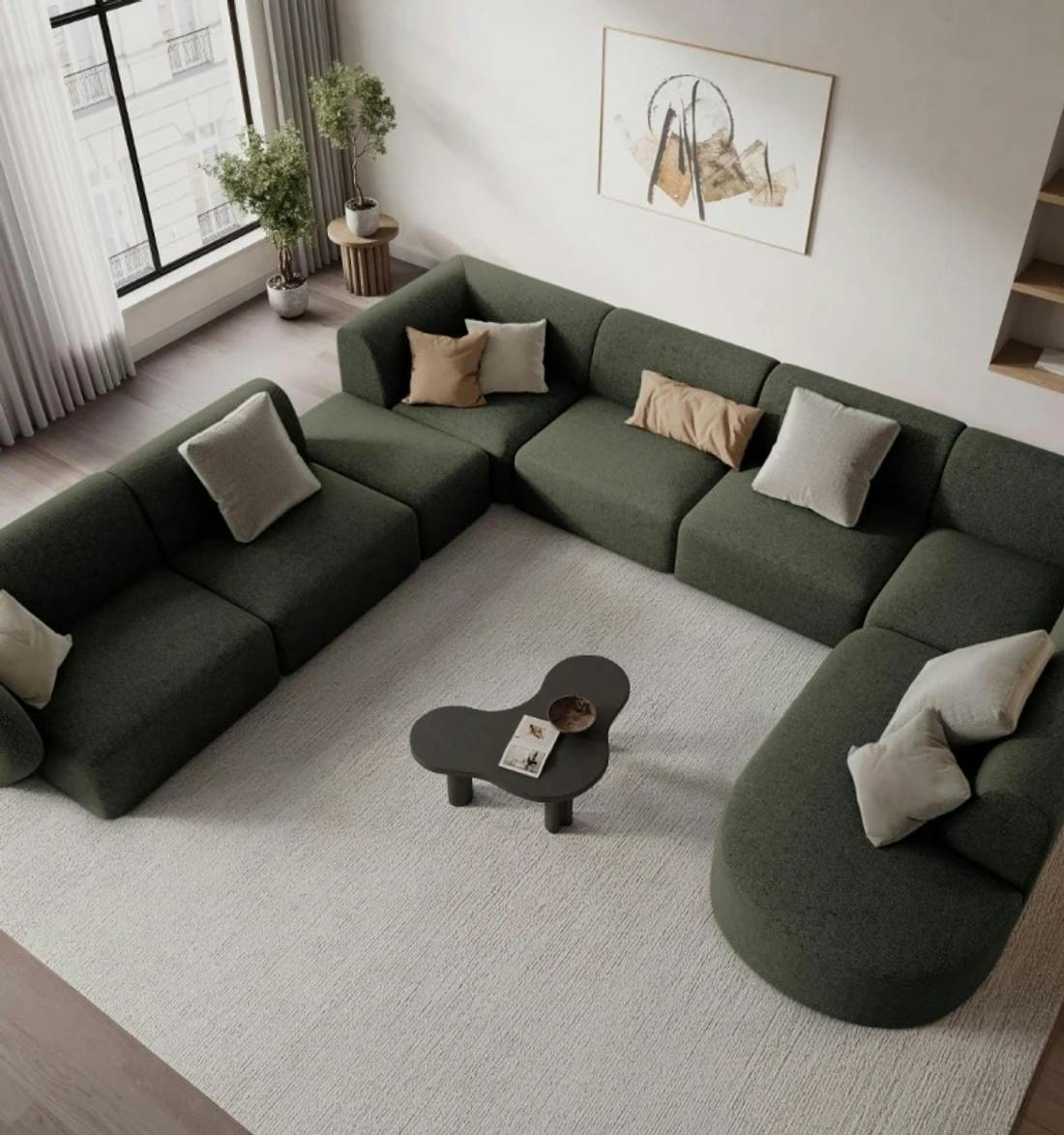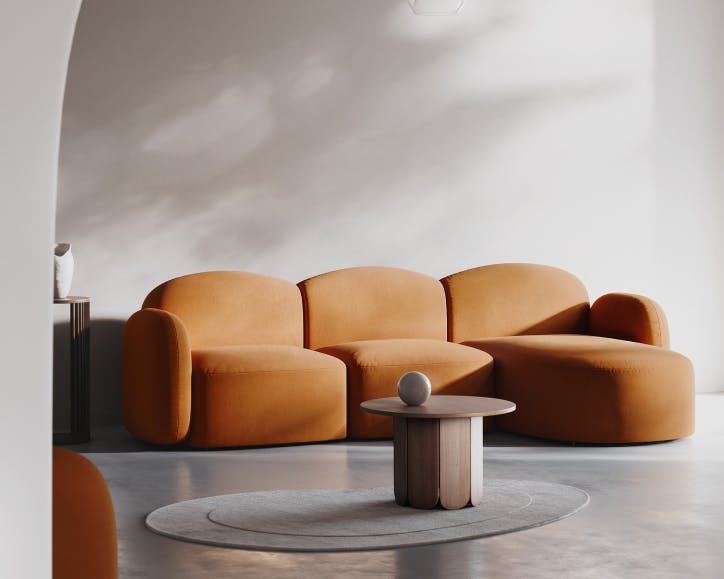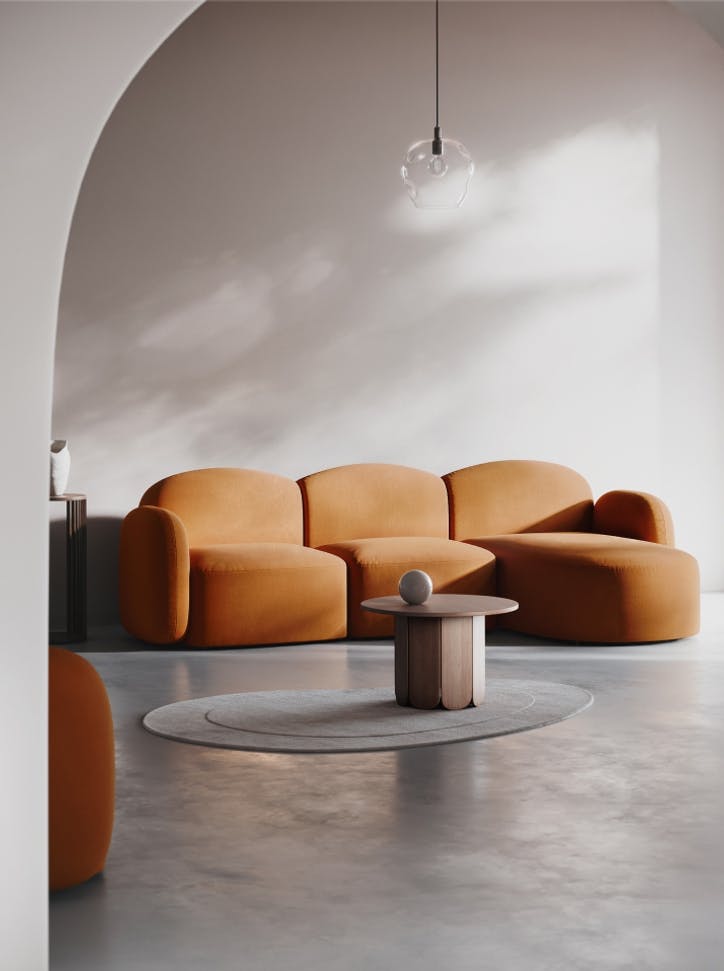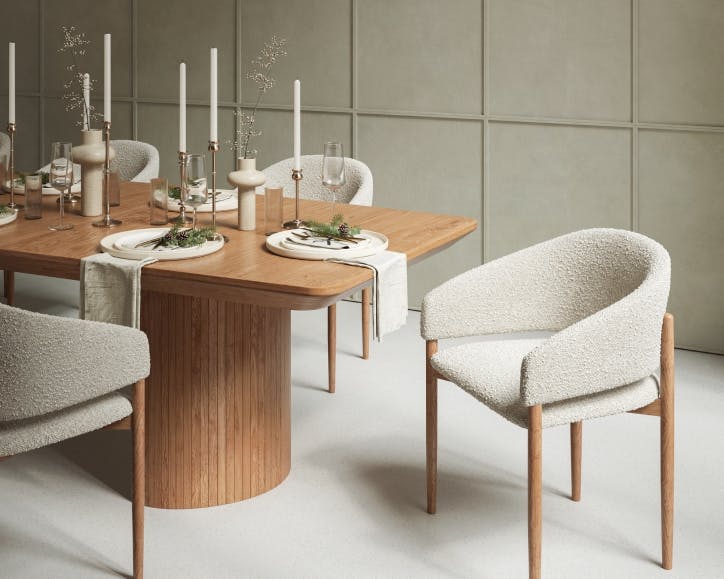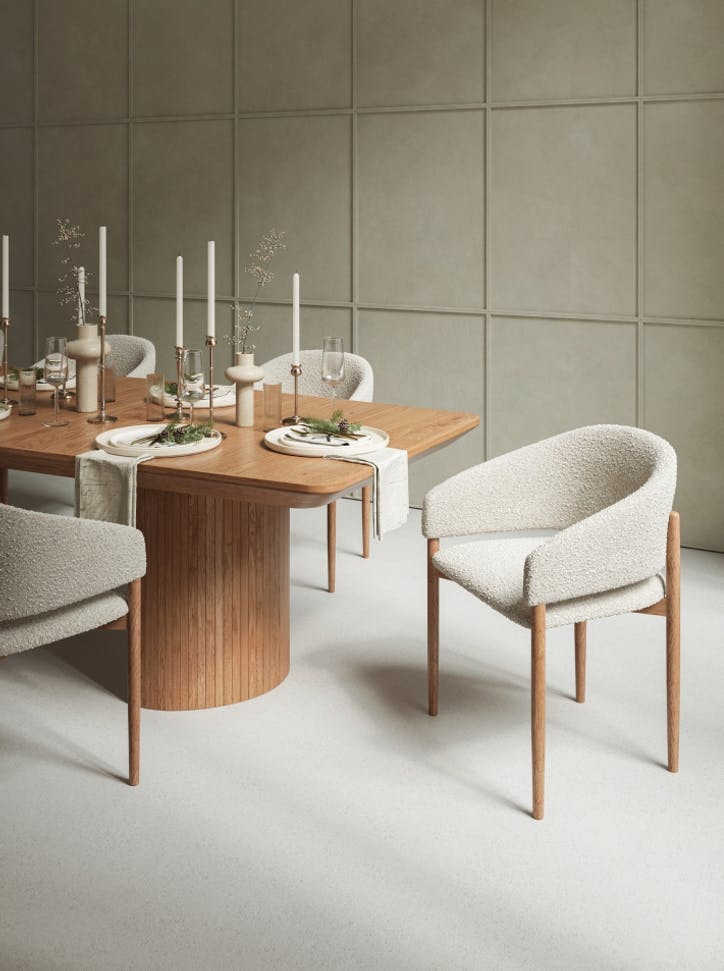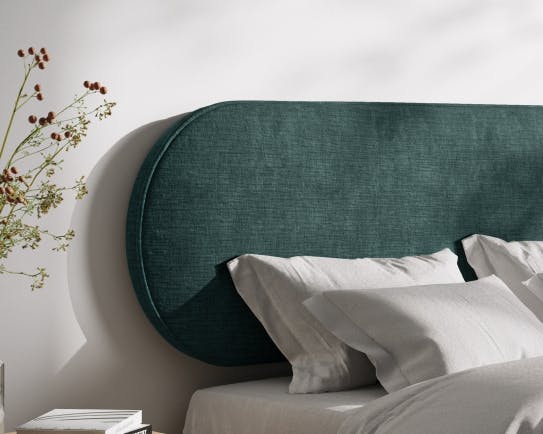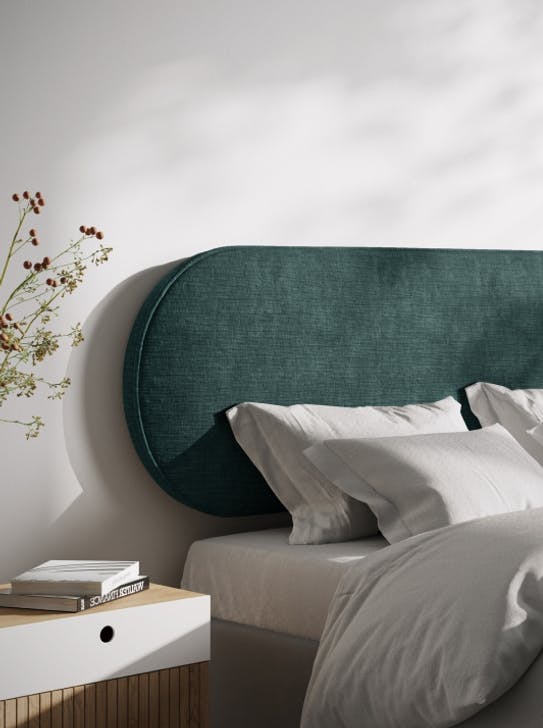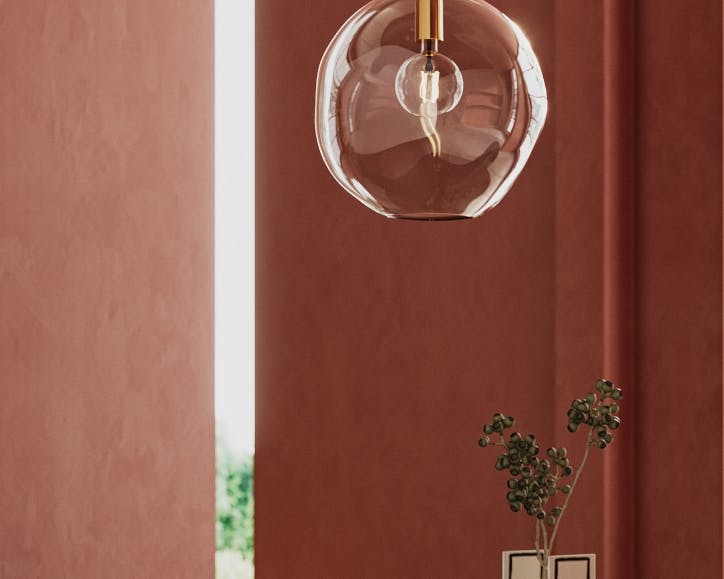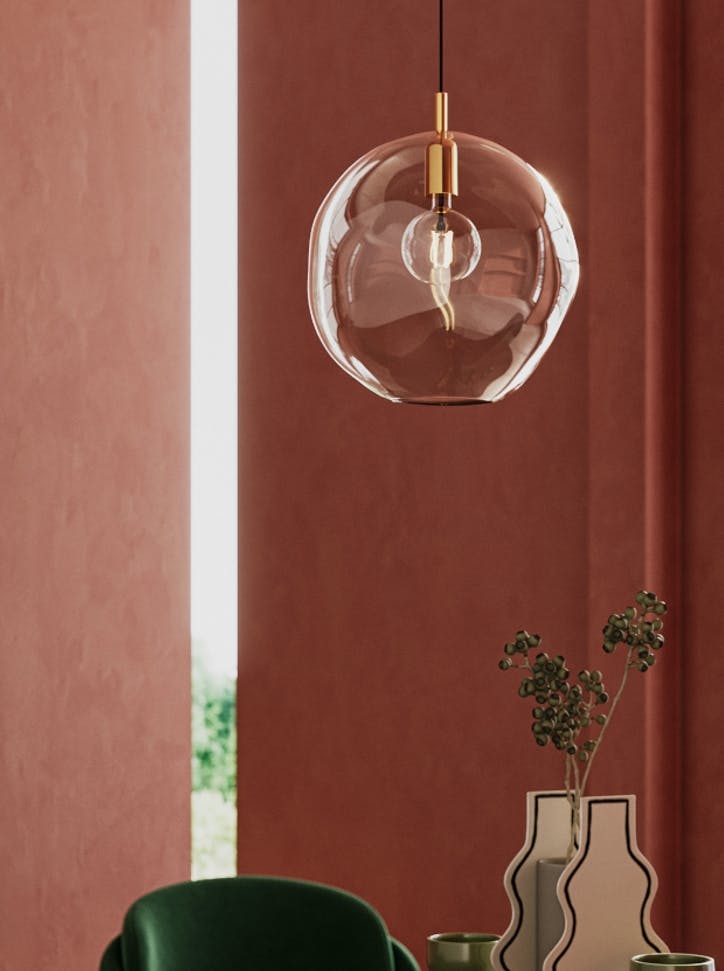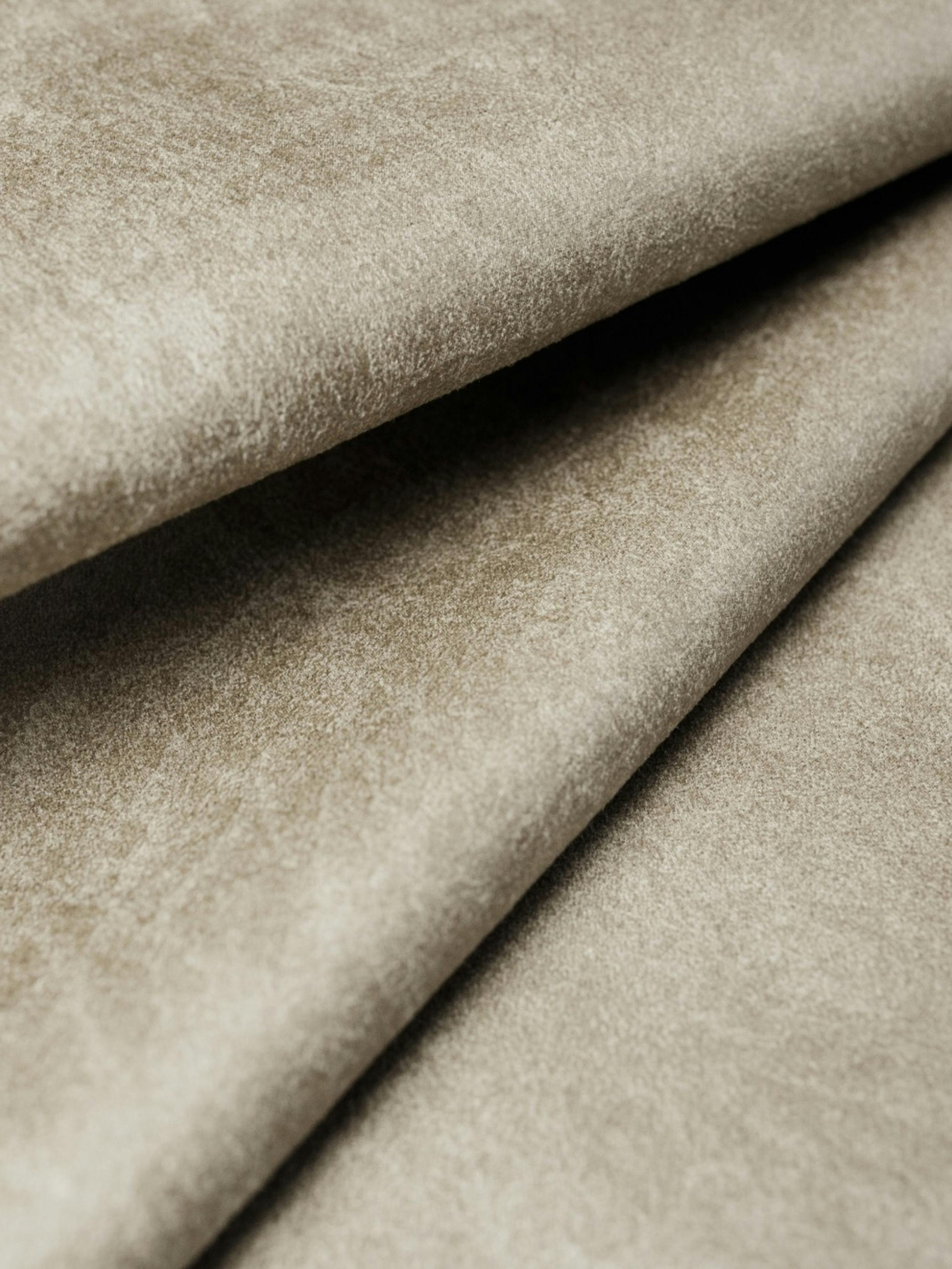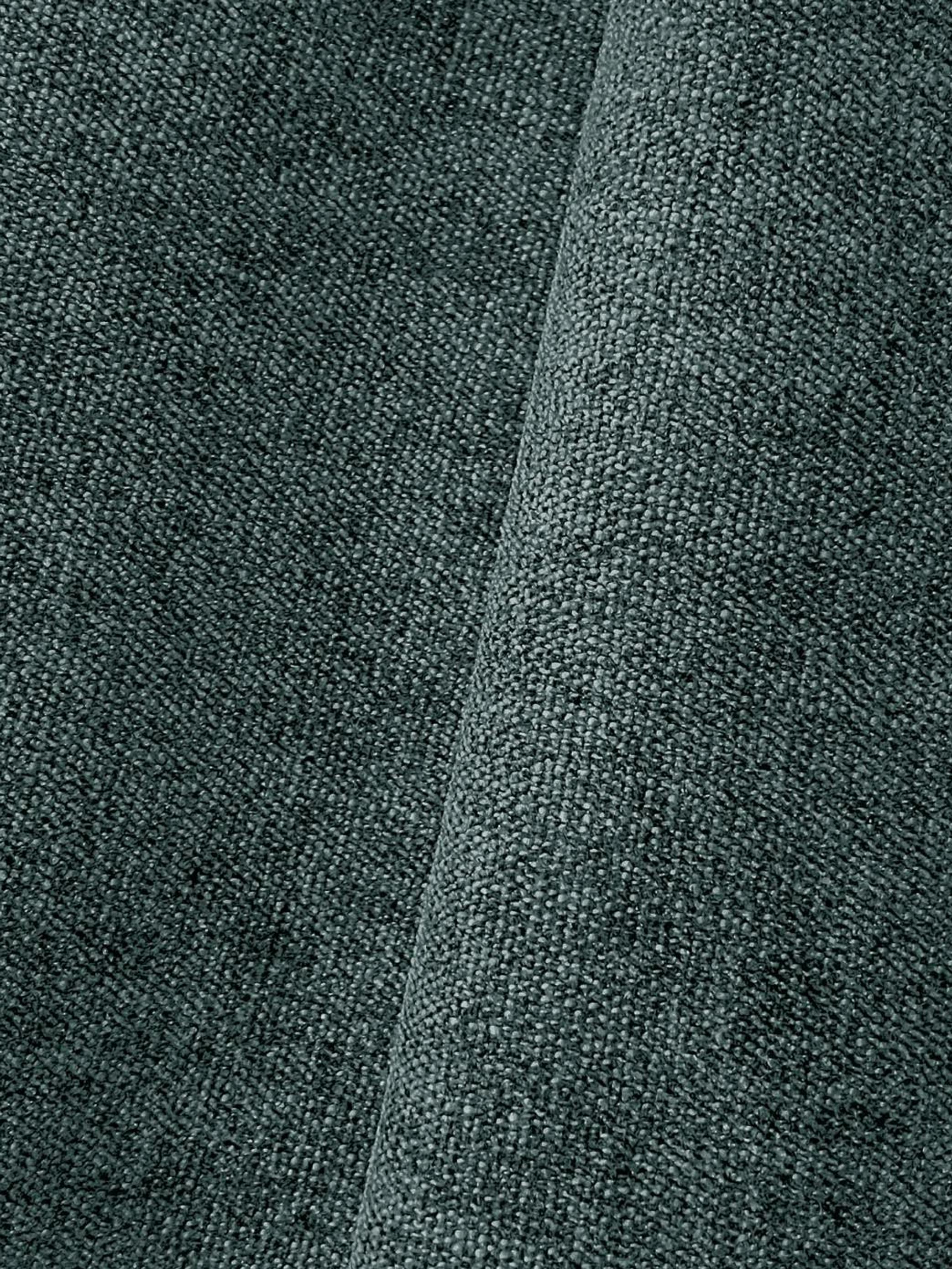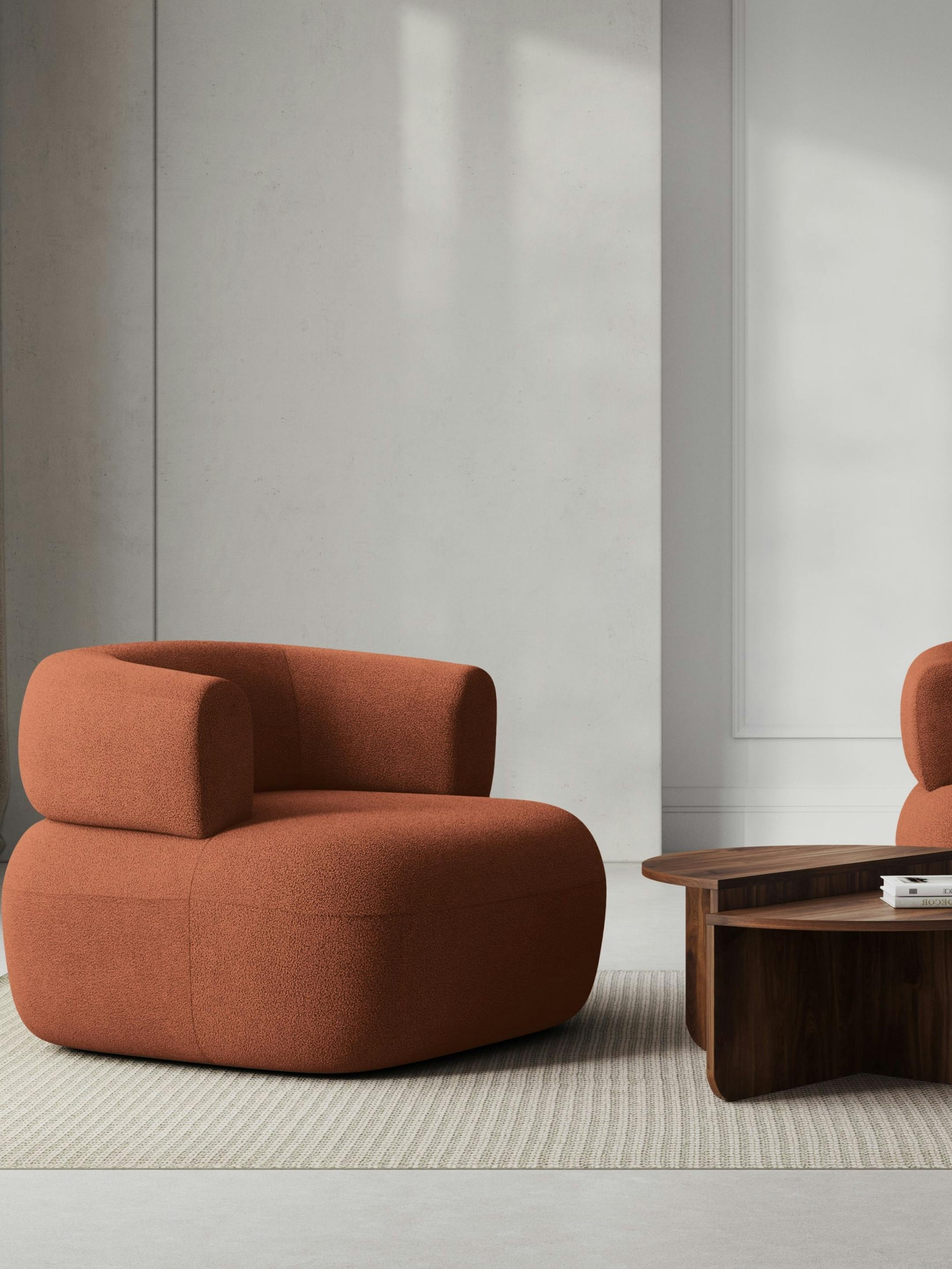
What Does the Martindale Test Check?
The Martindale method simulates the natural wear and tear of a fabric as you sit, stand up and move around on the sofa. The result is probably the most important numbers you need to know when choosing a fabric for a sofa. Besides the price, of course. You will certainly find such information on the label or online on the product description page. Tested samples are mechanically rubbed with a certain force in different directions until they are abraded. The Martindale scale indicates the number of cycles the fabric has managed to go through before changes appear in its appearance. It is customary to assume that 4,000 cycles is equivalent to a year of use of the sofa. The higher the number, the more abrasion-resistant and durable the fabric is. Fabrics can receive categories: C - for the least durable (10 thousand - 20 thousand cycles), through B (25 thousand - 40 thousand), to A - for the most durable (≥ 45 thousand). For upholstery of sofas and armchairs, the most common products are those in categories A and B, and these are the ones you should look for. For family sofas, specialists recommend fabrics with a Martindale test score above 35 thousand cycles and thicker. In addition, they advise against upholstery that can withstand only 20 thousand cycles, as their durability may be too low. In the Micadoni collection, you'll find Jog – a 4-seater sofa model with chenille upholstery, which achieved a score of 100 thousand cycles in the Martindale test, so it guarantees many years of durability.
Another tested feature of sofa fabrics is the resistance to fuzzing (pilling), that is, to the collection of fibers on the surface, which clump into unsightly balls. The degree of tendency to pilling is determined by the standard on a scale of 1 to 5, where 5 means there are no changes on the material, 4 is slight pilling on the surface, and so on.
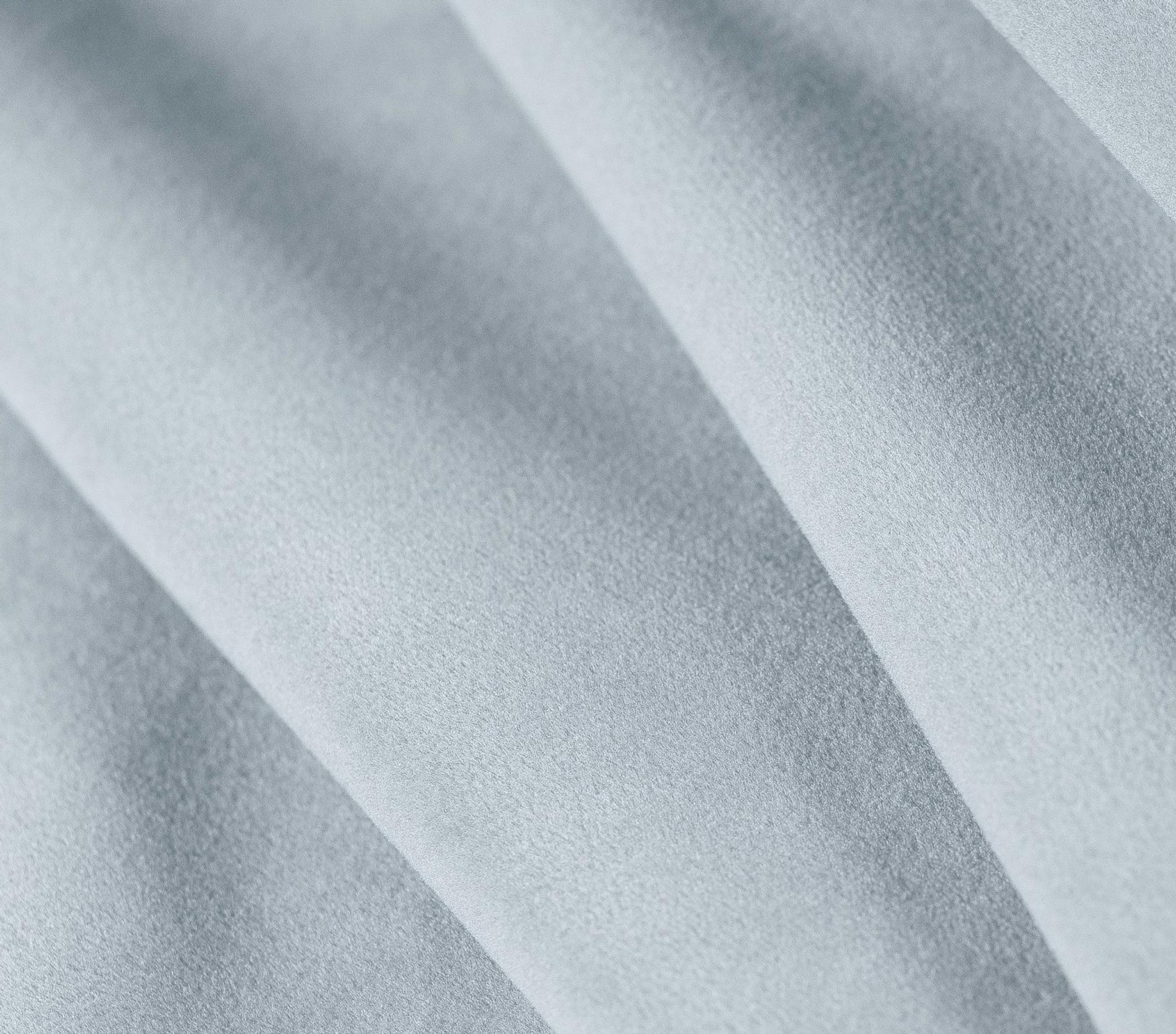
How to Choose a Fabric?
Nowadays, upholstery mostly uses fabrics and knitted fabrics made of man-made fibers, mainly polyester, nylon, acrylic, and vinyl. Structured fabrics, microfiber, chenille, and velvet, which are considered to be very durable, will work especially well in the family living room. One of the most durable materials is natural leather, but it is both luxurious and expensive. A very good, vegan solution can be imitation leather - almost as durable and timeless, as well as aesthetically appealing.
For dark colors, it is worth making sure that the fabric has protection from direct sunlight, as it can fade quickly. If it doesn't, and you intend to set it in a sunny room, choose a lighter shade or a fade-resistant fabric.
When you like very bright colors that show dirt faster, you have three options: choose removable, washable covers or stain-resistant fabric, or be prepared for frequent professional upholstery washing.
It is worth mentioning that almost every modern upholstery fabric is a composite, that is, it consists of at least two layers: the actual top fabric and the bottom fabric, which stabilizes the whole. As a result, the fabric does not stretch, does not break and there is no shifting of threads in the seam.
Structured fabrics
A very large and interesting group of materials with striking surfaces. These are some of the most durable fabrics for a sofa. They are characterized by uncommon textures and weaves combined with great quality. Their selection is really vast!
Velvet
If it has a tight weave and is made of polyester then it stands up well to the daily wear and tear, while being silky to the touch. That's why so many people like it so much. Most stains are easily removed with a sponge, some soap and water.
Chenille
It is thicker than velvet, which adds to its durability, and if you find a stain-resistant version you can be sure this fabric will serve you for a long time. The disadvantages of chenille are its susceptibility to damage from sharp objects, such as claws, as well as from excessive sunlight.
Corduroy
It is a fairly thick and durable material that is very resistant to pulling. It can wear out a bit, but regular combing with a soft brush helps to refresh it. Equally important, corduroy is easy to clean and care for.
Microfiber
An excellent choice, as microfiber is inexpensive but highly stain-resistant and easy to clean. Its weak side is that it attracts fur and dust, but a clothes roller will help us get rid of them.
Natural leather
Durable and resistant to spills and stains, as it ages it becomes softer and acquires a patina. The disadvantage is the high price. Material unacceptable to animal rights activists.
Eco leather
Easy to keep clean, and resistant to stains and scratches. Not as durable as real leather and tends to crack over time.
Magazine edition
Exclusive Micadoni magazineCreating The Perfect Sleep Environment: Essential Bedroom Design Tips
A good night’s sleep is essential to our overall health and well-being. From improved cognitive functioning to better cardiovascular health, getting quality rest can help us stay energized and focused...
Bedroom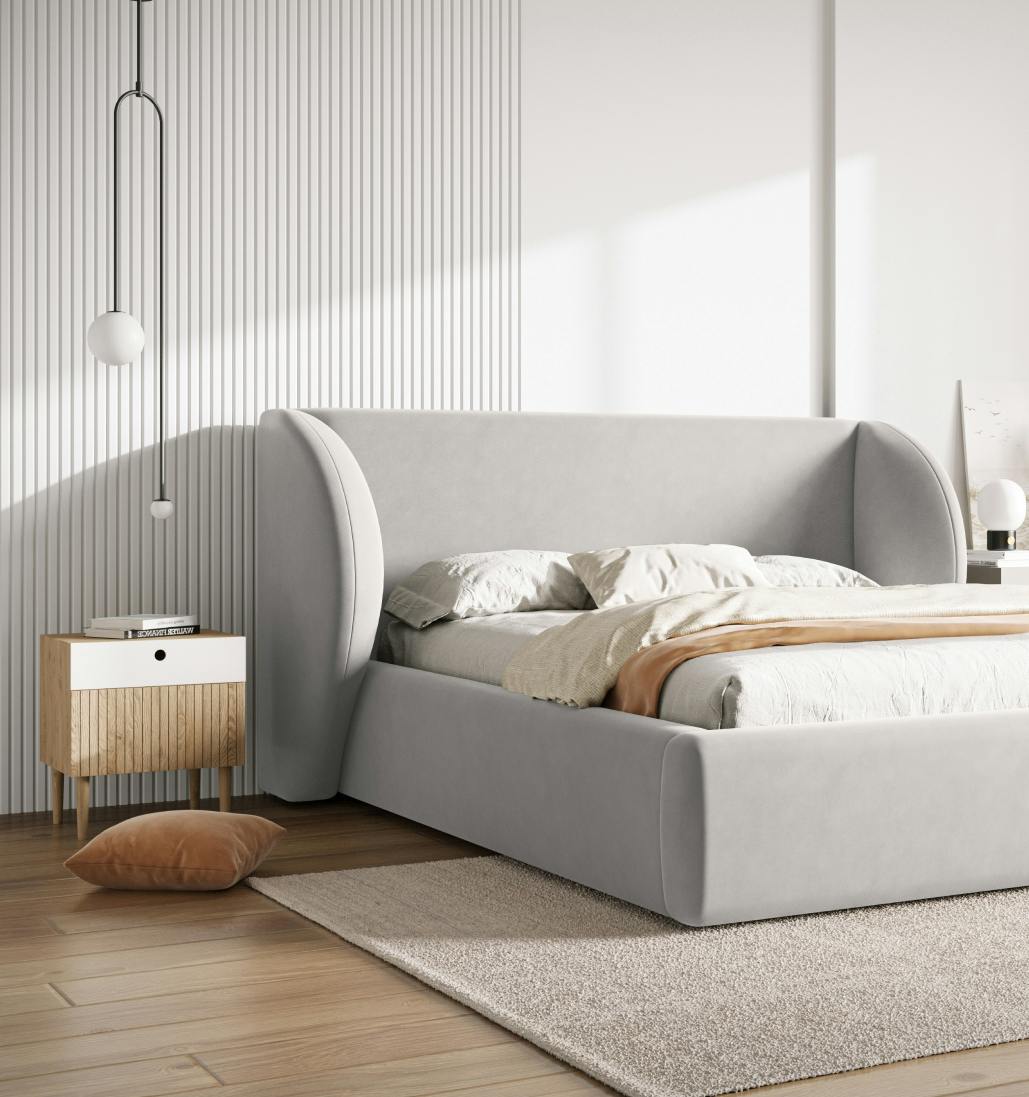
How To Stylishly Furnish Your Home In 2024: Top Interior Design Trends
Are you looking to furnish your home in 2024 stylishly? Dive into this guide for the latest interior design trends, decor tips, and expert advice to make your home a testament to modern elegance and c...
Interior Trends